Formerly known as VR Days Europe, the annual European XR convention moved from Amsterdam to Rotterdam under the new title of Immersive Tech Week. The program structure did not change too much. You got the same tracks for lectures and panels, trade exposition, art work installations and special events like before, all centered around the latest trends in XR research and applications. The 5 days started with 2 days of local workshops and discussion groups before the main program kicked off with 3 expo days and the convention lectures that were also broadcasted on the internet.
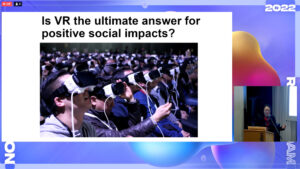
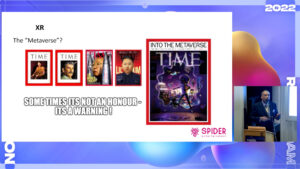
The first main topics were dedicated to institutional orientation frameworks for political regulation and education practices. Both areas suffered from rather theoretical exchanges on the Metaverse trope, being a ghost-story of XR relevance. Haunted by the ghost of the past, the regulation debates on ethical, legal and political aspects of digitization elaborated on recursive schemes of the internet beginnings. The problematic elements of data handling were mapped onto the XR landscape of the present and the future. While most of these problems remain unsolved and insufficiently regulated, the vision of the expanded internet structures as an all-encompassing Metaverse reappeared as a see-through wraith of the future. Obviously, the failures of the past urge for regulation of the future. But at the present time, an overarching meta trope based on sci-fi speculation obscures more than it clarifies the terms of conduct.
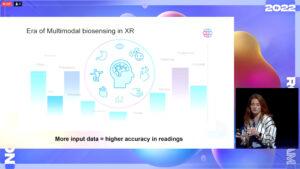

This also holds for another trendy topic at current XR conferences: artificial intelligence. Originally coined as a scientific marketing slogan, automated assorting procedures seem to stimulate scientific fantasies more than their previously presumed responsibilities. Today, funding promotion and attention attraction are predominant in science over accurately defined normalization, especially for technology predictions on the public scene. This lack of reliable orientation frameworks prevent substantial debates and readiness to act, for regulation and education, but also for economic development and science itself.
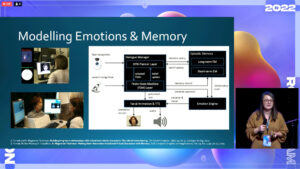
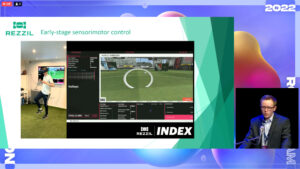
At the same time, biometric tracking devices and machine learning enhanced behavioral analytics already drive the XR business space for training applications as well as social interaction platforms for e-commerce and virtual entertainment. Immersive Tech Week’s expo area and lecture series showcased quite some impressive advancements in these fields. Formally introduced during the pandemic by HP’s Omnicept tracking concept for business screenings, other headset manufacturers now expand this approach with face and body tracking to broader training application fields, namely through Pico 4 Pro, Quest 2 Pro, Pimax and Vario devices: for healthcare, sport convalescence, stage performance and any type of avatar based social interaction.
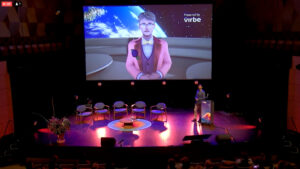
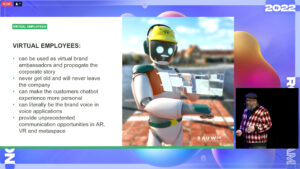
On the social level, concept designs still struggle with uncanny valley impressions, due to the fact that they rarely convey much more than bloodless visualizations of business models or research proposals. The art space of Immersive Tech Week provided much more intuitive and imaginary approaches to tracking spaces, body scans and theatrical visualization. Playground and Church of VR are experience spaces where XR comes to itself and really shines as a unique medium of expression.

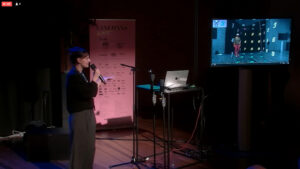
After starting in shady institutional waters, Immersive Tech Week found solid ground at business shores and excelled with art installations, providing a wide area of European XR activities. Some of these, especially those appealing for a cultural impact, may help to overcome notorious humbug-Sayers or misleading meta-Searchers and conduct to a self-confident, proper and consensual way of dive.

